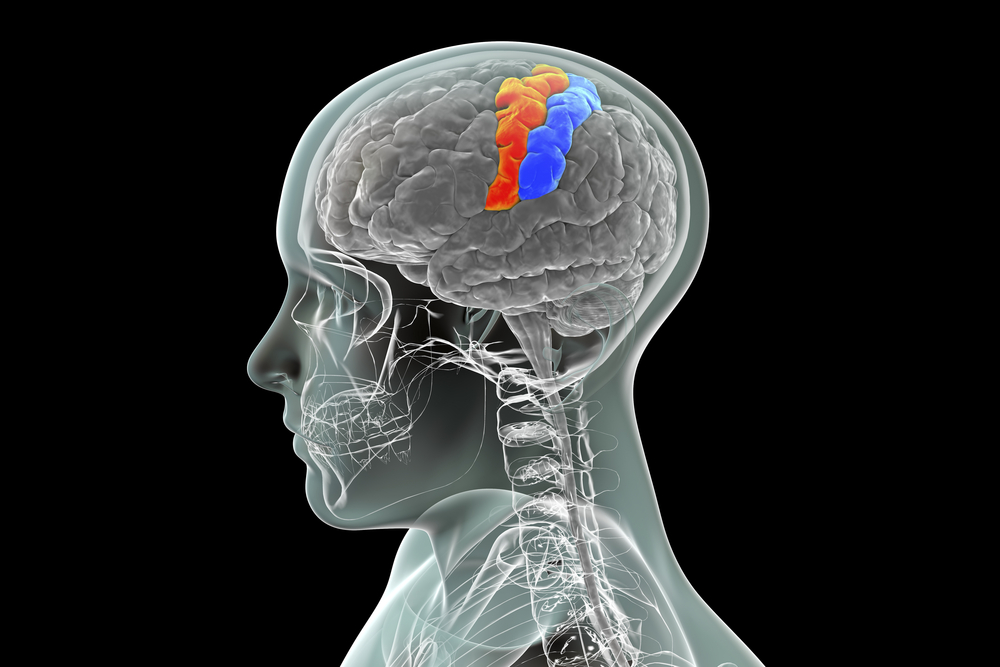Somatosensation is the body’s ability to translate the feelings of temperature, vibrations, pain, balance, pressure, positioning, and movement. These sensations are picked up by receptors distributed throughout the entire body and contribute to the body’s somatic response in relation to the environment.
When a person is somatosensory impaired, they have difficulty with the ability to accurately process sensory information received by the receptors in the body. Accurate somatosensation provides us with the capability to feel differences in temperature, the feeling of being touched, and the recognition of pain.
Somatosensory deterioration can affect any part of the body and can be a short-term or long-term impairment, depending on what causes it. Somatosensory problems could come along from damage to the nerves or areas of the brain in charge of somatosensation, or there can be medical conditions that will result in somatosensory impairment.
Testing
Since so many receptors activate in response to various stimuli at once, some tests aim for certain aspects of somatosensation. Temperature testing is as simple as tunning cold prongs or warm tubes along the skin and seeing if the subject can accurately discriminate between the two. An Evoked Potentials study measures the brain’s electrical activity as it responds to different stimuli such as sight, sound, and touch.
Somatosensory Evoked Potentials (SSEP)
The SSEP test detects problems in the spinal cord that might cause numbness in the arms and legs. The process involves electrodes being adhered to the wrists, the back of the knees, the scalp, and or other locations. A mild, painless electrical stimulus will be emitted through the electrodes, and the electrodes on the scalp determine the amount of time it takes for the electric current to travel along the nerves to the brain.
Brief Kinesthesia Test (BKT)
Proprioception falls under somatosensory as the body’s ability to sense where our limbs are positioned in proportion to the environment. The Brief Kinesthesia Test is the clinical test performed to evaluate the ease of movements of a joint or limb. Generally, a patient sits in a chair and reproduces kinesthetic movements such as reaching or throwing to a target location.
Treatments
Should testing conclude that there is a somatosensory impairment that needs attention, there are possible treatments that can be personalized to approach the healing process specifically.
Balance Training
This will involve exercises that are designed to strengthen muscles in your legs and core that help you stay upright. Sometimes this just includes some challenging yoga poses and balancing on one foot.
Joint Repositioning Tasks
Joint repositioning is innocent, despite the way it may sound. It’s simply performed by asking a subject to reproduce an angle with their limbs without visual feedback.
Desensitization Exercises
This technique is used to help those with abnormal responses to bodily stimulation. The goal is to minimize negative responses to stimuli. This is done by applying sensations such as textures, light, pressure, or temperature to the area that is overly sensitive to stimuli. Over time, the affected area will begin to acclimate to the sensations and provide a reduction in pain.
Somatosensory is crucial to the development of gait, movement, perception, and social interactions. Sometimes, strokes and the symptoms of aging can directly affect the somatosensory system and takes a healthcare provider to notice the changes and take action for their patients.



